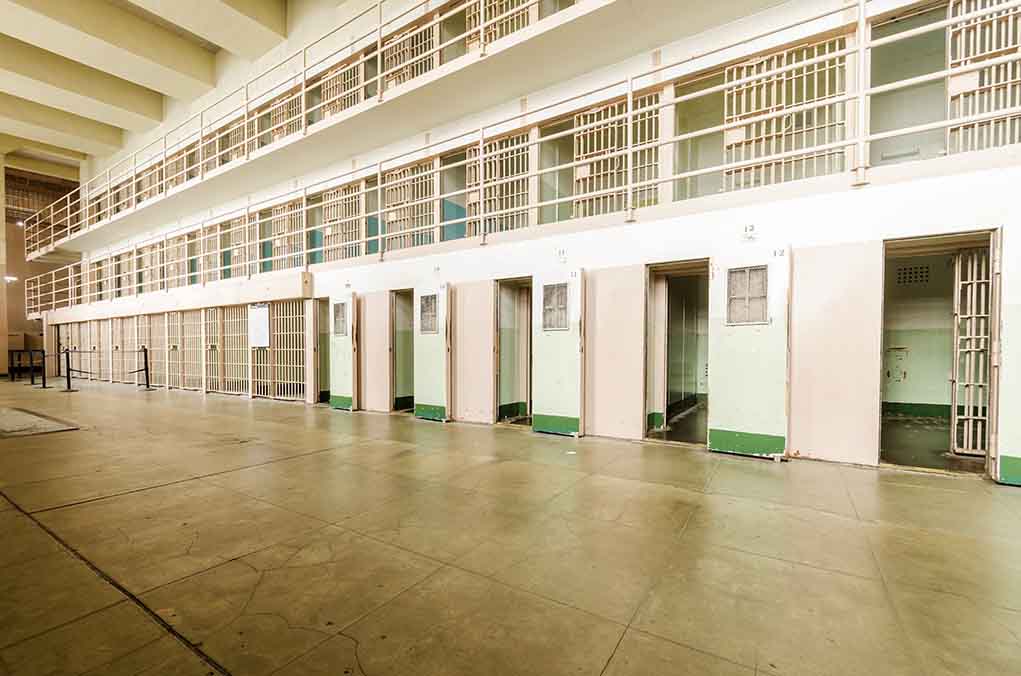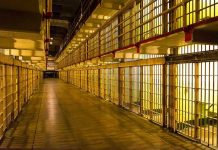
President Donald Trump has ordered the historic Alcatraz prison to reopen, challenging decades of tourism to house America’s most dangerous criminals once again on the infamous island.
Key Takeaways
- President Trump directed federal agencies to reopen, enlarge, and rebuild Alcatraz prison to house “America’s most ruthless and violent offenders”
- Alcatraz, a federal penitentiary from 1934 to 1963, has been a popular tourist destination since 1973 and is currently part of the Golden Gate National Recreation Area
- The initiative aims to symbolize Trump’s commitment to law, order, and justice in response to rising violent crime
- Trump has instructed the Bureau of Prisons, Department of Justice, FBI, and Homeland Security to collaborate on the prison’s revival
- The decision aligns with Trump’s broader tough-on-crime approach, which includes proposals to place American criminals in foreign prisons
Trump Revives Historic Island Prison for Hardened Criminals
On May 4, President Donald Trump announced his directive to federal agencies to reopen the notorious Alcatraz prison on San Francisco Bay as part of his administration’s aggressive stance on crime. The facility, which once housed infamous criminals like Al Capone, would be substantially enlarged and rebuilt to detain “America’s most ruthless and violent offenders.” The dramatic policy shift would transform what has been a major tourist attraction for over five decades back into a maximum-security federal penitentiary.
“REBUILD, AND OPEN ALCATRAZ! For too long, America has been plagued by vicious, violent, and repeat Criminal Offenders, the dregs of society, who will never contribute anything other than Misery and Suffering,” declared President Donald Trump.
A Return to “Serious” Criminal Justice
The President’s directive involves multiple federal agencies, including the Bureau of Prisons, Department of Justice, FBI, and Homeland Security. In his announcement on Truth Social, Trump emphasized that this move represents a return to a time when America took crime more seriously. He specifically highlighted the need to isolate dangerous criminals from society, portraying the Alcatraz revival as symbolic of his administration’s commitment to restoring law and order in communities affected by violent crime.
“When we were a more serious Nation, in times past, we did not hesitate to lock up the most dangerous criminals, and keep them far away from anyone they could harm. That’s the way it’s supposed to be,” stated Mr. Trump.
The island facility, located in San Francisco Bay, operated as a federal penitentiary from 1934 to 1963 before closing due to high operational costs. Records show that maintaining Alcatraz was nearly three times more expensive than other federal prisons. Since 1973, it has been a popular tourist destination, receiving approximately 1.5 million visitors annually. The plan to reopen it marks a significant shift in its purpose and would require substantial renovation and expansion.
Opposition and Practical Challenges
The announcement has already faced criticism from some quarters. Former House Speaker Nancy Pelosi, whose district includes Alcatraz Island, dismissed the proposal as unserious given the site’s current status as a national park and major tourist attraction. “It is now a very popular national park and major tourist attraction. The President’s proposal is not a serious one,” stated Former House Speaker Nancy Pelosi.
“Today, I am directing the Bureau of Prisons, together with the Department of Justice, FBI, and Homeland Security, to reopen a substantially enlarged and rebuilt ALCATRAZ. The reopening of ALCATRAZ will serve as a symbol of Law, Order, and JUSTICE,” declared Donald Trump.
Part of a Broader Tough-on-Crime Approach
The Alcatraz initiative appears to be part of a broader criminal justice agenda that takes an unapologetically hardline stance on offenders. Trump has previously clashed with courts over a controversial proposal to send accused gang members to prisons in El Salvador without due process. He has also suggested detaining undocumented immigrants at Alcatraz, referencing his frustration with judges who require individual trials for those in the country illegally, which he claims would result in “millions of trials.”
“The judges, so many of these radicalized judges, they want to have trials for every single, think of it, every single person that’s in our country illegally. That would mean millions of trials, and it’s just so ridiculous what’s happening,” stated President Donald Trump.
While the Bureau of Prisons has indicated it would comply with presidential orders, it has not yet commented on the feasibility of this proposal. The transformation would require significant federal funding, structural upgrades, and addressing the same logistical challenges that led to its closure in 1963, including its isolated location and lack of fresh water. Nevertheless, the President appears determined to move forward with this dramatic symbol of his administration’s law-and-order agenda.












